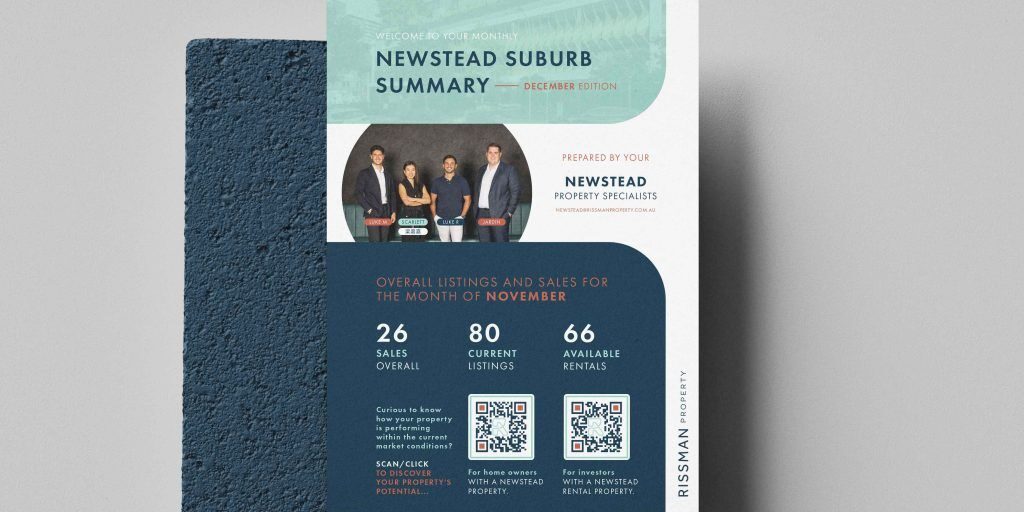How to Build a Real Estate Brand That Attracts the Right Clients

(and Deters the Wrong Ones)
Not Every Client is a Good Client
In real estate, working with the wrong clients can be just as costly as missing out on the right ones. Some drain your time, haggle on commission, or simply don’t align with the level of service you provide. The best brands in the industry aren’t just about attracting business—they’re about attracting the right business.
A well-built real estate brand acts as a filter, drawing in high-value clients while subtly pushing away those who aren’t the right fit. Here’s how to craft a brand that speaks to the right audience and positions you as the go-to agency in your market.
Step 1: Define Your Ideal Client (and Your Non-Negotiables)
Before designing any marketing materials, you need to be crystal clear on who your ideal clients are.
Ask yourself:
- Who do I want to work with? (First-home buyers? Luxury sellers? Property investors?)
- What kind of experience do I want to create for my clients?
- What client behaviours and expectations align with my business values?
- What red flags signal a client isn’t the right fit?
Your brand should be built around attracting clients who share your vision, while making it clear who you don’t work with. The clearer you are, the stronger your positioning.
Step 2: Build a Brand That Speaks to the Right Market
Branding isn’t about appealing to everyone—it’s about resonating with your audience. This means making strategic choices in:
✔ Brand Messaging: The words you use should speak directly to your ideal client’s pain points and aspirations.
✔ Visual Identity: A high-end brand attracts high-end clients; a friendly, community-focused brand attracts local families.
✔ Brand Personality: Are you sharp and sophisticated? Warm and approachable? Confident and bold? Your tone sets the expectation for client interactions.
At our agency, we use the B.A.S.E Framework to ensure your branding isn’t just aesthetic but strategically aligned:
- Blueprint – Defining your ideal market position.
- Activation – Creating a compelling brand experience.
- Synergy – Ensuring your brand is consistent across all touchpoints.
- Execution – Rolling out the brand in a way that attracts the right clients effortlessly.
Step 3: Craft a Brand Narrative That Connects
People don’t just buy into services—they buy into stories. Your brand should tell a story that your ideal clients see themselves in.
Examples:
- If you specialise in luxury properties, your brand story should reinforce exclusivity and premium service.
- If you work with first-home buyers, your story should feel approachable, supportive, and educational.
- If you cater to investors, you need a brand that projects expertise, data-driven insights, and smart decision-making.
The right narrative makes clients feel like they’ve found their match when they discover your brand.
Step 4: Use Design as a Client Magnet
Your brand’s visual identity isn’t just about looking good—it’s about signalling to the right clients that you’re their perfect match.
✔ Logo & Colours: Should align with your market positioning. A boutique agency won’t use the same colours as a discount brokerage. ✔ Photography & Marketing Materials: Your imagery should showcase the lifestyle and aspirations of your ideal clients. ✔ Website & Social Presence: Everything from your Instagram feed to your website layout should consistently reflect your brand values.
First impressions matter. Make sure your brand is giving the right impression to the right audience.
Step 5: Strategic Marketing—Where and How You Show Up Matters
Once your brand is clearly defined, the next step is ensuring it’s seen by the right audience, in the right way.
- SEO & Local Search: Make sure your agency appears in searches for “[top real estate agent in {your city}]” or “[luxury real estate agency in {your area}].”
- Social Media Strategy: Are your ideal clients on LinkedIn, Instagram, or Facebook? Your presence should match where they spend time.
- Community & Industry Positioning: Sponsoring local events, hosting real estate seminars, or aligning with high-end vendors can elevate your brand presence.
When marketing is aligned with your brand, you attract clients who are already sold on your approach—before they even call.
Step 6: The Power of Saying No
A strong brand not only attracts the right clients but gives you the confidence to turn down the wrong ones.
If a potential client doesn’t align with your brand values, it’s okay to let them go. Saying no to a mismatched client means making space for the right opportunities.
- Higher-value clients = more profit, less stress.
- Aligned clients = smoother transactions and better relationships.
- A focused brand = a reputation that attracts more of the same.
Final Thought: Your Brand Should Do the Heavy Lifting
When done right, your brand becomes your best marketing tool. It filters, attracts, and repels automatically—ensuring your time is spent working with the right clients, not convincing the wrong ones.
Ready to build a brand that brings in high-value clients effortlessly? Let’s make it happen.







